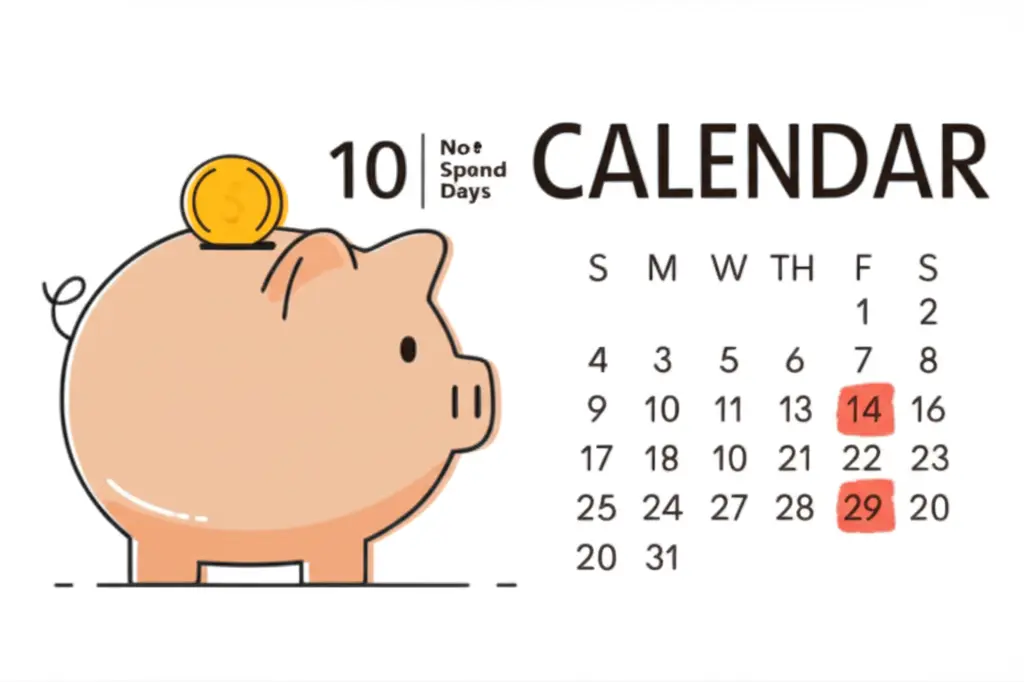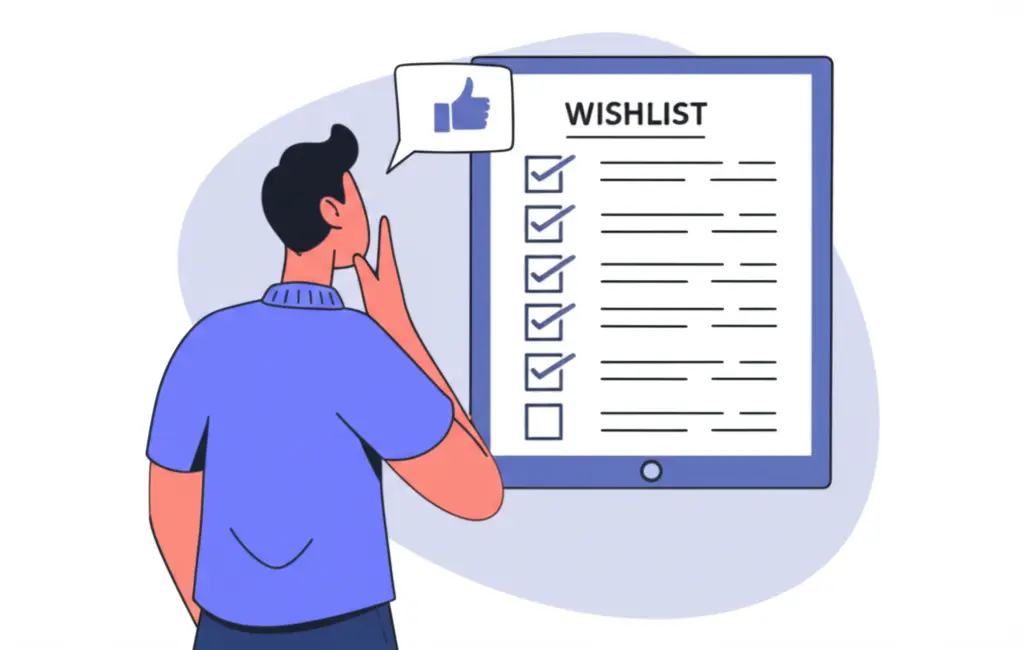Tame Your Impulse Spending: Practical Apps and Tips to Save Smartly
Discover apps and strategies to curb impulse spending and boost your savings effortlessly.

We’ve all been there—standing in line at a store or scrolling online late at night, tempted by the glitzy allure of an impulsive purchase. While it can be thrilling in the moment, impulse buying often leads to regret and can derail our financial goals. So, how can we tame this pesky spending habit?
Why Do We Succumb to Impulse Spending?
Understanding the psychology behind impulse buying is the first step. Retailers craft their environments to play into our emotions, making it all too easy to say ‘yes’ to that extra treat. But what if we could outsmart these tactics with apps and strategies?

Top Apps to Curb Impulse Spending
PocketGuard
PocketGuard automatically analyzes your income, bills, and spending habits. It lets you know how much you can safely spend without jeopardizing your financial goals. It’s like having a virtual financial advisor in your pocket!
Goodbudget
This app adopts the envelope budgeting system, giving you virtual envelopes for various spending categories. It's a managed way to keep tabs on your discretionary spending.
YNAB (You Need A Budget)
YNAB focuses on proactive money planning rather than reactive spending. By allocating every dollar you earn, it shifts your mindset from spending to saving.

Strategies Beyond Apps
Create a Wishlist
Next time you feel the itch to buy, add the item to a wishlist instead. Wait 30 days and then reevaluate your desire for it. Spreading out the decision process often reduces the allure of impulse purchases.

Implement 'No Spend Days'
Choose one day a week as a ‘No Spend Day’ where you don’t buy anything other than essentials. This small break builds discipline and saves your wallet from unnecessary strain.
Reflect on Triggers
Keep a journal of your spending habits and reflect on what triggers your impulse purchases. Understanding these triggers can help you build more mindful spending habits.
Conclusion: Have Your Cake and Save It Too
Impulse spending doesn’t have to sabotage your financial dreams. By employing smart apps and mindful strategies, you can transform this habit into an opportunity for financial growth. What are your favorite tricks for managing impulse buys? Share in the comments below—we’d love to hear!




